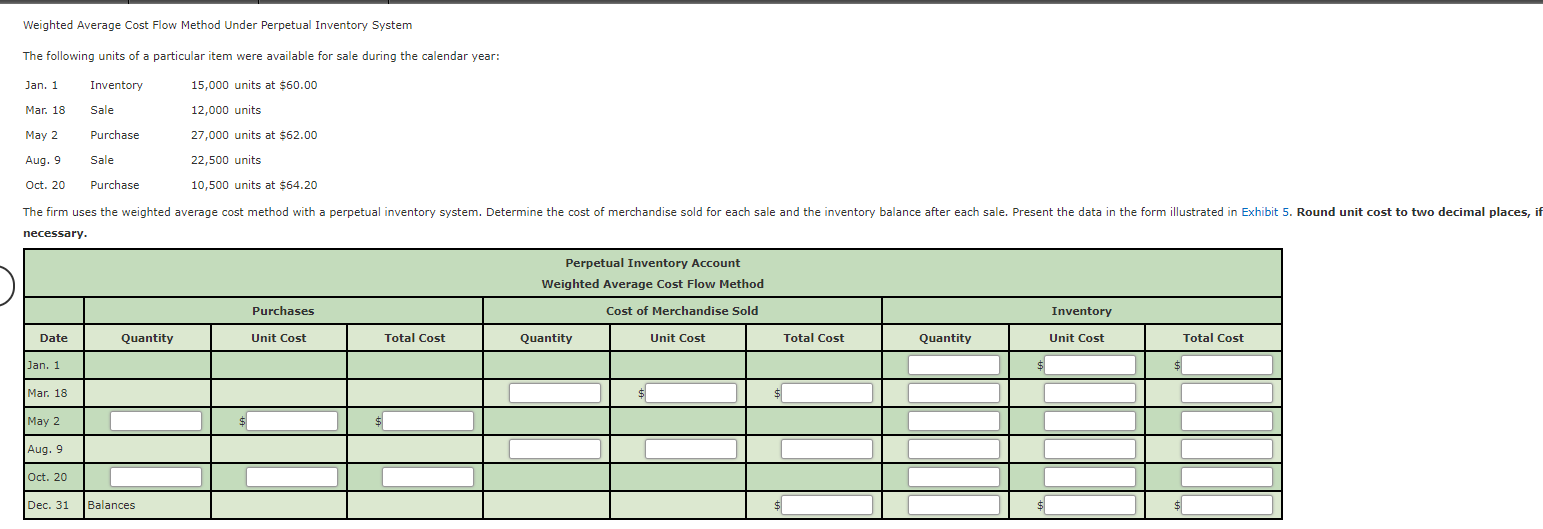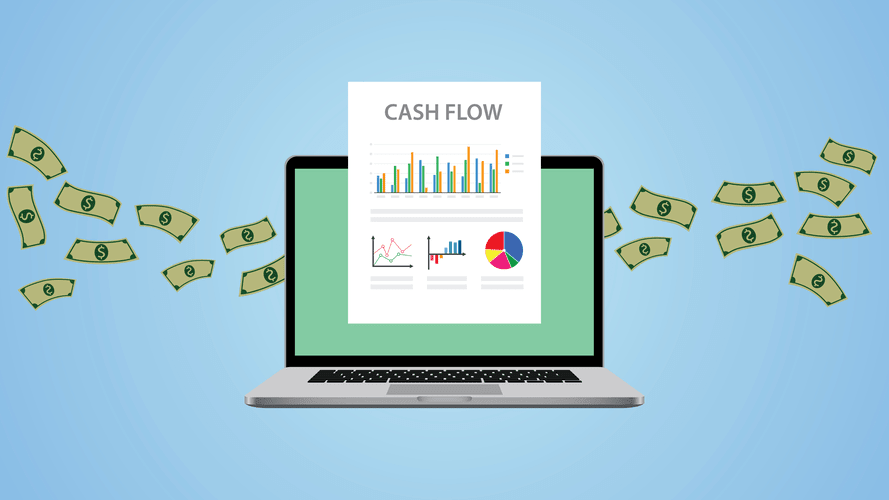Salvage Value Calculator & Formula Online Calculator Ultra
The next step is to thoroughly inspect the vehicle to identify and assess the extent of the damage. This process involves a detailed examination of the vehicle’s exterior, interior, and mechanical systems. It’s crucial to identify not only the visible damage but also any potential hidden damage that might affect the vehicle’s structural integrity or mechanical performance. The potential for salvaging usable parts from a damaged vehicle is another critical factor in determining its salvage value. Many vehicles, despite being damaged beyond repair, still have functional engines, transmissions, body panels, or interior components that can be reused or recycled. The value of these salvageable parts can significantly contribute to the overall salvage value.
60% depreciation is reported over 6 years and salvage value is 40% of the initial cost of the car. Salvage value is a critical concept in accounting and financial planning, representing the estimated residual value of an asset at the end of its useful life. Comparing these two values can provide valuable insights into your asset’s true worth and help you make informed decisions.
Salvage Value vs. Other Values
Salvage value is also called scrap value and gives us the annual depreciation expense of a specific asset. It must be noted that the cost of the asset is recorded on the company’s balance sheet whereas the depreciation amount is recorded in the income statement. When calculating depreciation in your balance sheet, an asset’s salvage value is subtracted from its initial cost to determine total depreciation over the asset’s useful life. Incorporating a robust ERP system like Deskera can significantly enhance how businesses manage and calculate salvage value. Deskera ERP provides comprehensive asset management features that streamline the tracking, depreciation, and eventual disposal of assets. Also integrating an AI mechanism like ERP.AI to your ERP system can make it smarter by enhancing enterprise process, data governance & decision-making.
As autonomous vehicles become more prevalent, the process of salvage and recycling will also evolve. Autonomous vehicles will likely have unique design features and components that require specialized salvage and recycling processes. This presents an opportunity for innovation in the field of automotive salvage, with potential for more efficient and sustainable practices. For instance, drones can be deployed to inspect vehicles in flooded areas, providing a detailed assessment of the vehicle’s condition without putting assessors at risk. For example, if a vehicle has sustained significant damage to its frame, assessors must disclose this information, as it can affect the vehicle’s safety and resale value.
Where Prepaid Expenses Appear in the Balance Sheet and Income Statement
Our Salvage Value Calculator helps you determine the theoretical end-of-life value of your assets and compare it with real market data. Some methods make the item lose more value at the start (accelerated methods), like declining balance, double-declining balance, and sum-of-the-years-digits. The depreciable amount is like the total loss of value after all the loss has been recorded. The carrying value is what the item is worth on the books as it’s losing value.
Double-Declining Balance
Drones are being utilized for remote vehicle inspections, especially in situations where physical access to the vehicle is challenging or unsafe. Drones equipped with high-resolution cameras and inspection tools can provide detailed inspections of a vehicle’s exterior and interior, including hard-to-reach areas. This technology can enhance the efficiency and safety of salvage value assessments, particularly in remote or hazardous locations. Assessors must maintain objectivity and avoid any conflicts of interest that could bias their assessments. This includes disclosing any potential relationships or affiliations that might influence their judgment.
- If the repair costs exceed a certain threshold relative to the pre-damage value, the vehicle is often deemed a total loss.
- A depreciation schedule helps you with mapping out monthly or yearly depreciation.
- The salvage value is calculated to know the expected value or resale value of an asset over its useful life.
- Every organization uses the same machinery in different ways and in different frequencies.
- For example, consider a delivery company that frequently turns over its delivery trucks.
How is Salvage Value Calculated?
- Accurate documentation of salvage value and depreciation history is essential for proper tax reporting.
- Additionally, the resale market for salvaged vehicles can vary depending on the jurisdiction’s regulations.
- It’s crucial to identify not only the visible damage but also any potential hidden damage that might affect the vehicle’s structural integrity or mechanical performance.
- This is often heavily negotiated because, in industries like manufacturing, the provenance of their assets comprise a major part of their company’s top-line worth.
- Enter the original value, depreciation rate, and age of the asset into the tool to calculate its salvage value.
Some companies say an item is worth nothing (salvage value of $0) because they think it has paid for itself by making money over time. If you run a business as an entrepreneur, you must know that all your assets start depreciating over time. After your assets how to find salvage value like machinery have run their course and are no longer useful, it’s best to sell them.
This amount is carried on a company’s financial statement under noncurrent assets. On the other hand, salvage value is an appraised estimate used to factor how much depreciation to calculate. Understanding and accurately calculating salvage value is essential for effective asset management, ensuring compliance with accounting standards, and optimizing financial performance. Blockchain technology is being explored for its potential to provide an immutable and transparent record of a vehicle’s history. This technology can track a vehicle’s ownership, maintenance, and damage history, ensuring that all relevant information is accessible and verifiable.
Here is an example that explains how to calculate salvage value based on the formula above. The salvage calculator reduces the loss and assists in making a decision before all the useful life of the assist has been passed. The salvage or the residual value is the book value of an asset after all the depreciation has been fully expired. If we imagine that this value would be nil, there would be no chance of any reduction in depreciation.
By integrating financial data and automating calculations, Deskera ERP ensures accuracy and consistency in determining salvage values across various asset categories. In the first field labeled “Original Price ($),” enter the initial cost of the asset when it was purchased or acquired. This concept is crucial in accounting and financial planning, as it affects depreciation calculations and the overall valuation of a company’s assets. Auto recyclers and salvage yards play a vital role in this process by dismantling damaged vehicles, sorting and cleaning the usable parts, and making them available for resale.
Salvage Value Calculator: Estimate Your Asset’s End-of-Life Value
This technology can enhance the efficiency and accuracy of salvage value assessments, especially for vehicles with extensive damage. Insurers and auto assessors use detailed inspection protocols to identify and categorize the type and severity of damage. This process involves a thorough examination of the vehicle’s body, interior, and mechanical systems to determine the feasibility and cost of repairs. There might be a minor nuisance as the scrap value may assume that the good isn’t being sold, but instead, it is just converted to raw materials. For instance, a business may decide that it wants to scrap a fleet of vehicles of the company for $1,000.
Depreciation expense is then calculated per year based on the number of units produced. This method also calculates depreciation expenses based on the depreciable amount. It includes equal depreciation expenses each year throughout the entire useful life until the entire asset is depreciated to its salvage value. It represents the amount that a company expects to receive for selling or disposing of an asset after it has been fully depreciated.
It uses the straight-line percentage on the remaining value of the asset, which results in a larger depreciation expense in the earlier years. There are slight similarities between the salvage value and the residual value, and yet there are some differences, too. However, in other cases, the residual value of the assets by the end of their life costs less to discard the assets.














